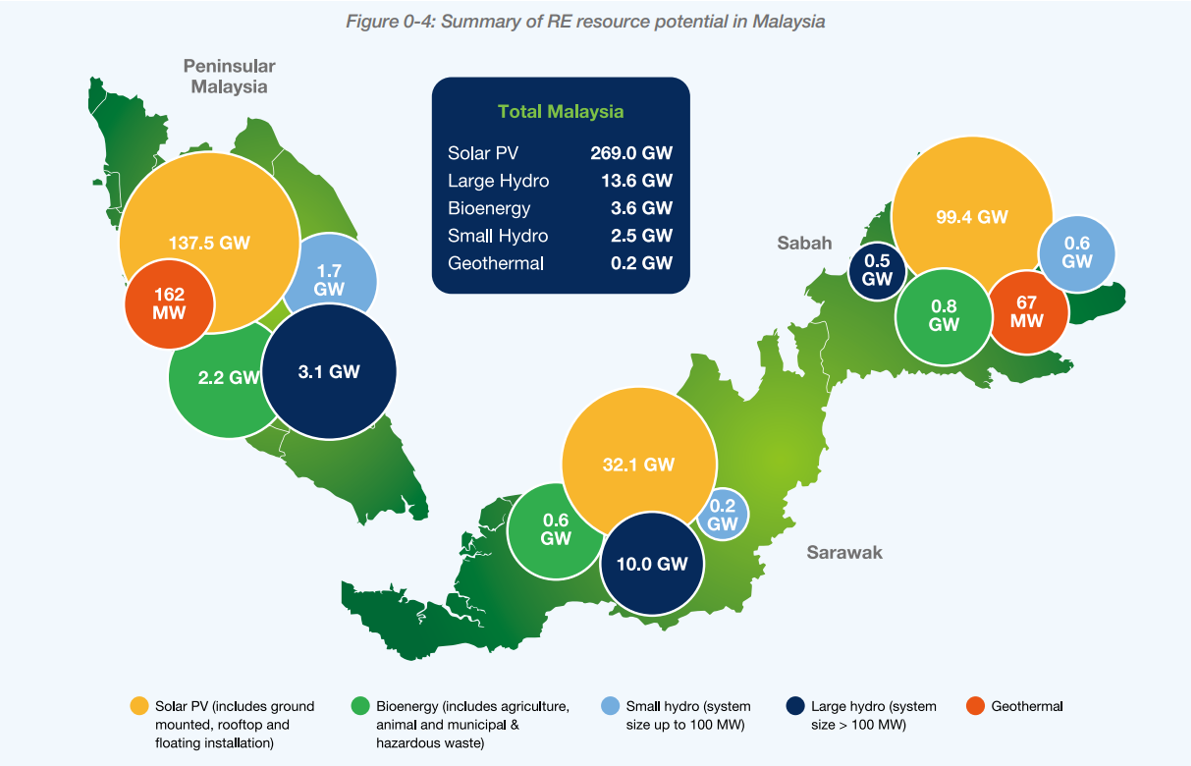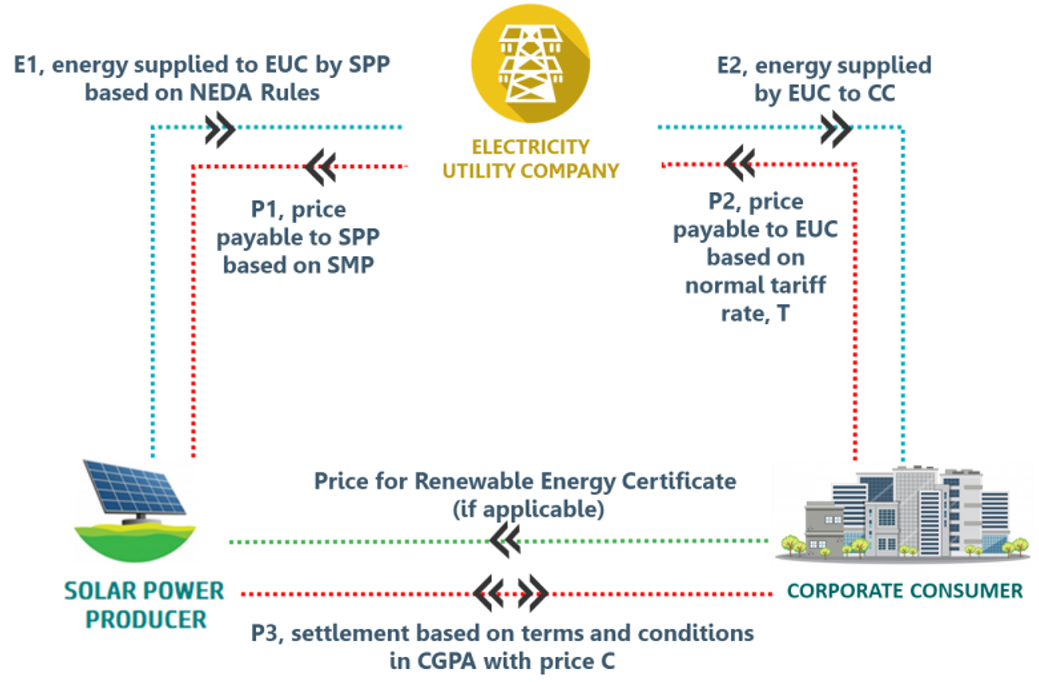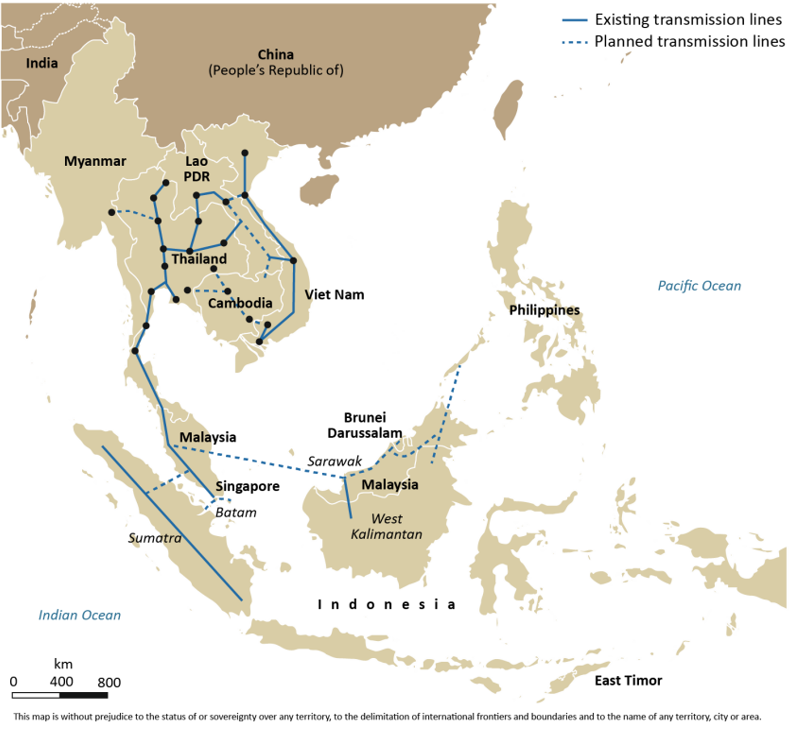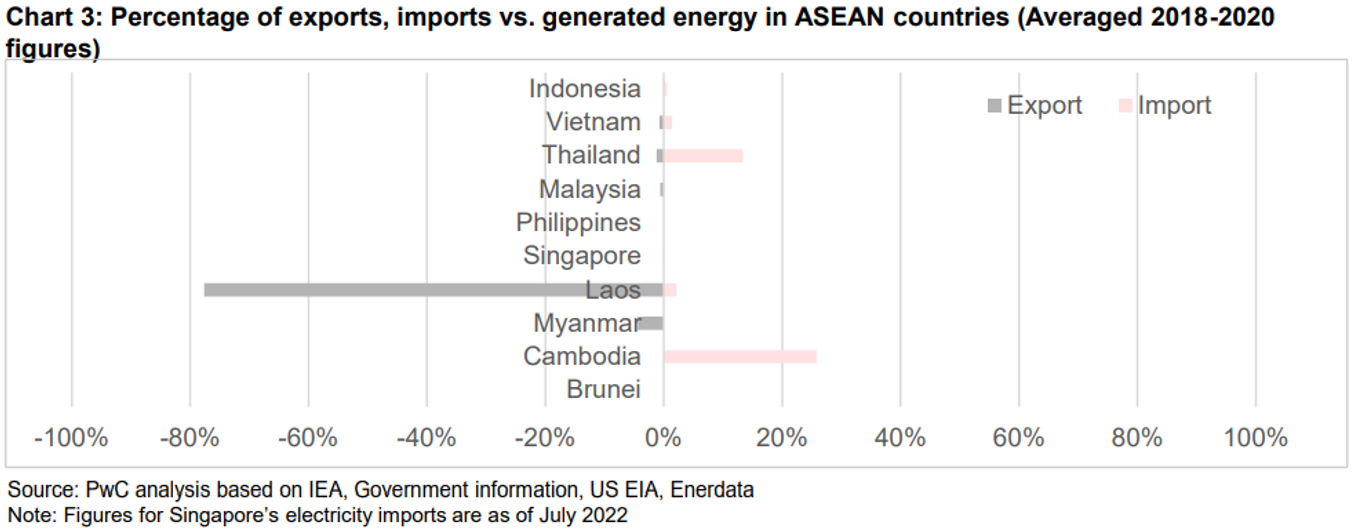Tailwinds in Ranhill’s Renewable Energy Prospects
winsenlim68
Publish date: Tue, 04 Jul 2023, 01:52 PM
Ranhill Utilities emerged as one of the successful bidders in the Large Scale Solar 4 (LSS4) auction. The LSS4 programme is a crucial component of Malaysia's renewable energy expansion plan as it aims to accelerate the deployment of large-scale solar projects across the country to increase the adoption of solar energy into our country’s energy mix. Ranhill’s expansion into solar via its 50 LSS4 solar farm continues to see steady progress during the year and is expected to enter its COD phase by 31 December 2023, with a revised concession period of 25 years, from the original 21 years.
The experience gained from the successful bidding process as well as undertaking of the EPCC works will hold Ranhill in good stead in bidding for similar LSS projects, both locally and abroad. The company's participation in this program not only highlights its commitment to renewable energy but also positions it as a player in the country's solar power sector.
Several tailwinds continue to provide support for the development of the renewable energy (RE) space:
1) Malaysia's Energy Capacity Target
In line with global efforts to combat climate change, Malaysia has set an ambitious target to achieve carbon neutrality with a RE generation capacity of 70% by 2050, from the current 25%. The government aims to achieve this by proactively encouraging the diversification of our energy mix to include more renewable energy sources particularly solar due to our geographic advantage of being a tropical country.
According to the International Renewable Energy Agency (Irena), Malaysia would require an investment of RM637bil up to 2050 to increase our RE capacity. This transition presents vast opportunities for our local renewable energy developers, creating a favorable environment for companies like Ranhill to expand their renewable energy portfolios.

2) Corporate Green Power Programme (CGPP)
The National Energy Policy 2022 introduced the CGPP to facilitate corporate engagement in green energy consumption and the reduction of carbon emissions. The program encourages collaboration between solar power producers and commercial consumers, enabling the commissioning of new solar power generation capacity.
Under the CGPP a virtual power purchase agreement (VPAA) mechanism allows Corporate Consumers (CC) to purchase renewable energy virtually from Solar Power Producers (SPP).
The SPP and CC can agree in the VPPA that the environmental attributes for the energy purchased will be transferred to/vest in the CC.
Furthermore, a key financial feature of the CGPP is that if the System Marginal Price (SMP) is higher than the CGPA price, the SPP will pay the CC the difference and vice versa. This creates a hedge for the prices of electricity due to the fixed nature of the CGPA. This internal mechanism will be able to provide some stability from the fluctuation of electricity prices for both parties.
By actively participating in the CGPP, corporations can enhance their ESG credentials by reducing their carbon footprint and supporting renewable energy development. In turn, Ranhill will be able to protect its profitability and mitigate volatility in prices and ensure consistent returns as well as increase its ESG premium.

3) ASEAN Power Grid and the lifting of RE exports
Malaysia's commitment to renewable energy continues to extend beyond its borders. The country is actively engaged in the development of the ASEAN Power Grid, a sub-regional energy trade initiative aimed at promoting interconnectivity and clean energy sharing, with the goal of creating a multilateral energy market. Significant advantages are anticipated from an ASEAN power grid that is interconnected, including lower costs and the capacity to pool different renewable energy sources from nations with superior natural resources and supply nations with significantly less resources.
In recent developments the feasibility of the of the project has become a reality as evidenced by the Laos PDR, Thailand, Malaysia, Singapore Power Integration Project (LTMS-PIP) which saw Singapore import 100MW of clean hydropower from Laos via Thailand and Malaysia through existing interconnections.
With Malaysia lifting restrictions on renewable energy exports, companies like Ranhill can seize potential export opportunities, especially in neighbouring countries such as Singapore and Thailand. Singapore has already announced plans to import more clean energy, Singapore’s Energy Market Authority (EMA) has been working on paving the way for larger scale electricity imports of up to 4GW by 2035, creating a potential market for Malaysian renewable energy producers.
Malaysia and the ASEAN region is stepping up its efforts to transition towards a greener and more sustainable energy landscape. With a strong focus on renewable energy and corporate engagement, our country is making significant strides in achieving its long-term environmental goals.


Malaysia and the ASEAN region is stepping up its efforts to transition towards a greener and more sustainable energy landscape. With a strong focus on renewable energy and corporate engagement, our country is making significant strides in achieving its long-term environmental goals.
In conclusion, Malaysia's green energy initiatives, including the LSS4 program, its ambitious energy capacity targets, the CGPP, and participation in the ASEAN Power Grid, reflect the government's proactive stance in driving sustainable growth. These initiatives not only foster the transition to renewable energy but also create opportunities for Ranhill to capture new opportunities and thrive in the burgeoning renewable energy.




















